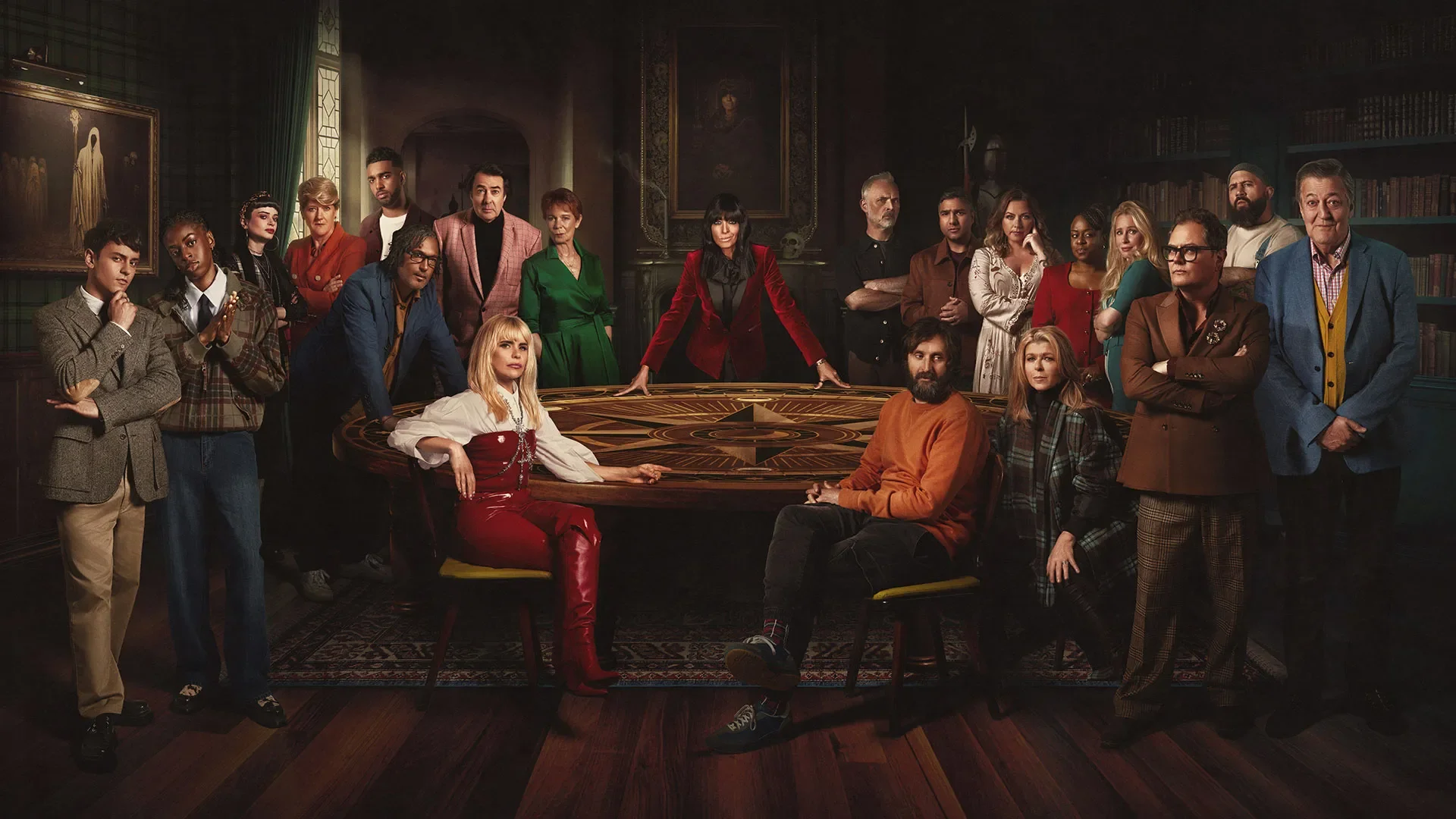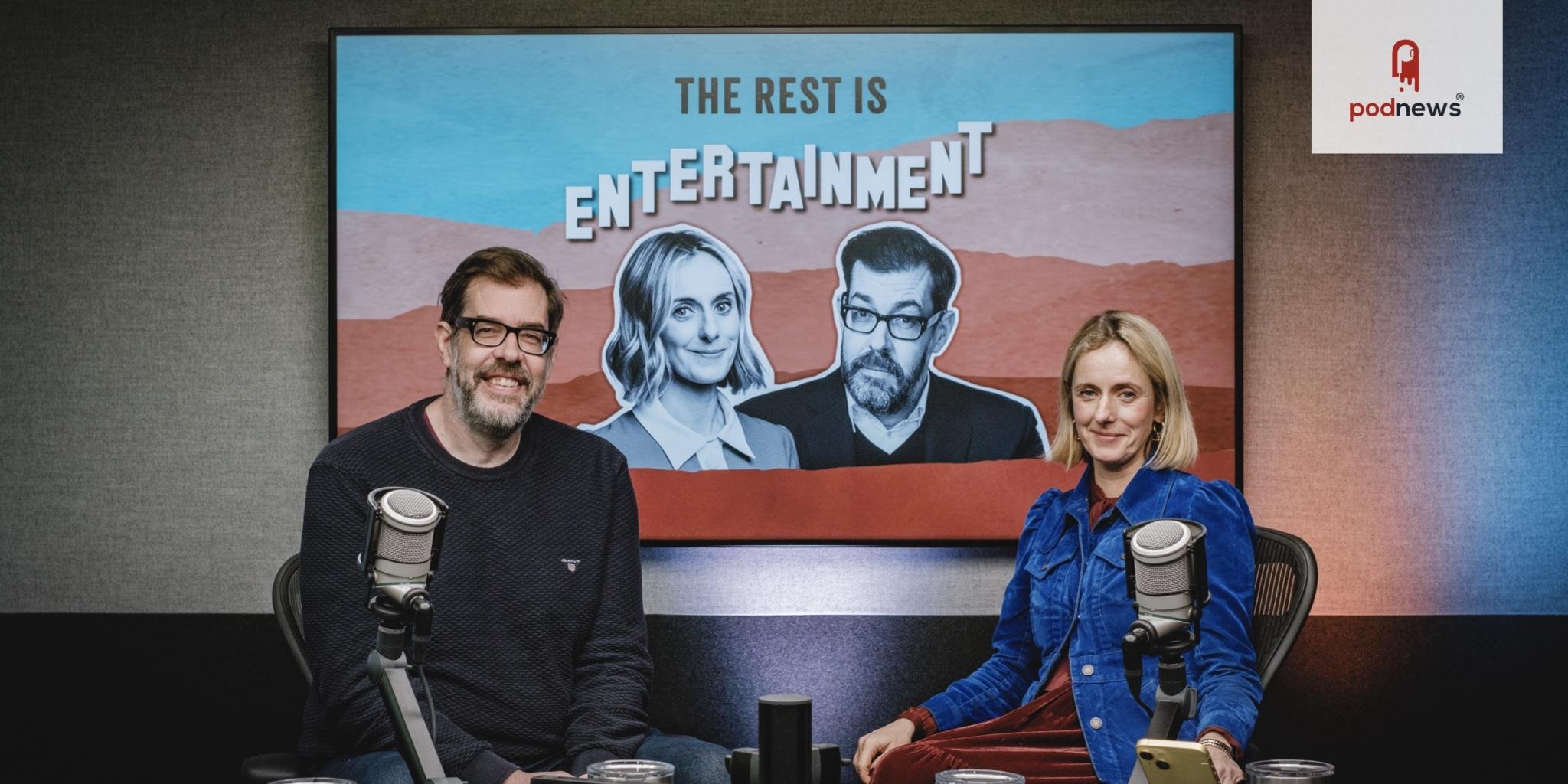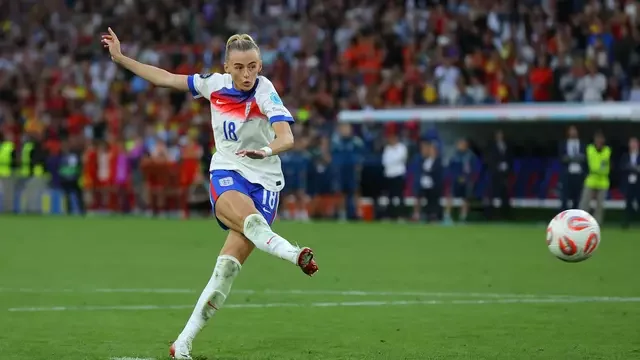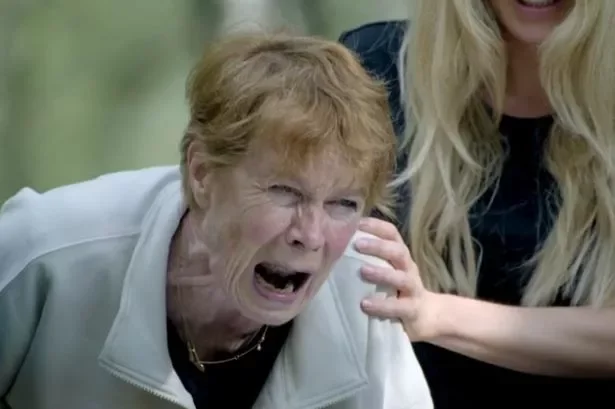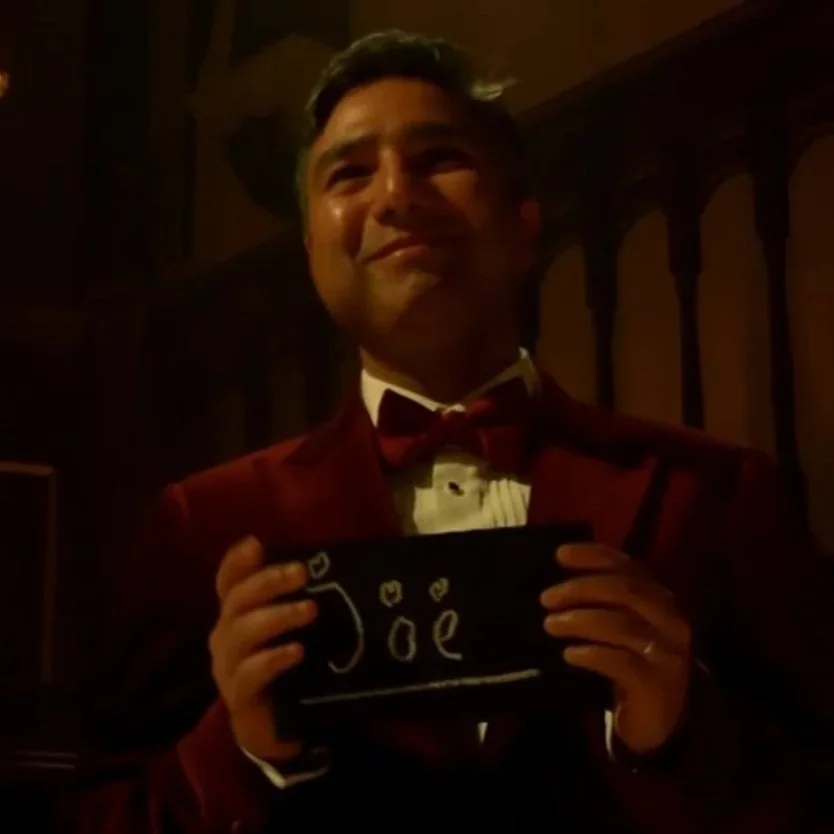WHAT SPORT CAN LEARN FROM UK CELEBRITY TRAITORS
Photographer: Cody Burridge
By Lisa Parfitt
How a celebrity gameshow turned live television into Gen Z’s hot ticket, and why sport should take note.
Waking up to Scott Mills on BBC Radio 2 this morning (yes, I’m 46), I braced myself for enforced Celebrity Traitors silence - presenters and guests tiptoeing around spoilers like they are walking hot coals. But thankfully, the team were in full flow! Last night’s TV moment was so big, so meme-worthy, so utterly unmissable, that even the BBC had to dive straight in. On-demand TV etiquette be damned - if you didn’t watch live, you were off grid!
In the words of Claudia to Celia,” What just happened?”
Something extraordinary, that’s what. The finale of Celebrity Traitors UK was watched by a massive average audience of 11.1 million people on the BBC, peaking above 12 million. As the final seconds ticked down on the live Celebrity Traitors finale, social media pulses quickened, group chats pinged, and then a nation stopped. Stropped scrolling, put down the chats (I was watching 2 minutes behind so couldn’t afford a rogue message from my Mum) and started watching.
Social media activity spiked by up to 6% during broadcast hours, with 62% of viewers using their phones to discuss the show in real time (O2 mobile data). In a world of endless streams and catch-up culture Marina Hyde and Richard Osmond on The Rest Is Entertainment described the moment that unfolded in real-time “the rarest of things, a communal, free-to-air TV moment”. And, when they also described it as “sport in another form” it made me think that this cultural moment has lessons sport also can’t afford to miss.
Image credit: Goalhanger
Gen Z don’t watch live TV
Celebrity Traitors almost matched the Lioness UEFA Women’s Euros final average audience, which is the most-watched UK TV moment of 2025 surpassing 16 million viewers. What the two live moments have in common is their ability to reach intergenerational audiences making them truly mainstream.
While Gen Z typically avoids live TV preferring streaming and social platforms - less than half of 16–24-year-olds watch broadcast TV weekly and average just 20 minutes of live TV per day - the Celebrity Traitors finale bucked this trend with a 37% share among 16–25-year-olds.
It ignited living rooms across the country with cross-generational appointment-to-view excitement. As Hyde quipped, “It’s like everyone’s mum and their teenage niece were cheering on the same side for once.” A shared national moment, as rare as a penalty shootout win in a Euros Final.
Image credit: Getty
Social making TV social again
For years, pundits have queued up to last-rites live, free-to-air TV. Has Celebrity Traitors has flipped the script? The finale’s live broadcast grabbed a youth audience that broadcasters dream of attracting, famously allergic to anything they can’t pause or binge. The show’s format, with its cliff-hangers, twists, and ability to generate “can’t-miss-it” FOMO, proved that live really means ‘live’ again. In an era where ‘watch later’ is the default, the data from this moment tells a new story.
Social media turbocharged the live TV moment. Instagram and TikTok were ablaze with memes, reaction videos, and spoiler-free zones. The cast was a masterclass in booking - handpicked for their Instagram savvy and meme-ability, all became instant national treasures. The show’s producers leaned in, dropping exclusive behind-the-scenes on TikTok and pushing real-time Instagram Stories, turning every shock vote into a trending topic. As Hyde and Osmond observed, “It was like the internet itself was watching live with us.”
The parallel for sport is obvious. If a game show can leverage social platforms to drive millions to tune in live, why can’t more sport events do the same? We can, but it takes more than reposting goal clips an hour later, it demands an ecosystem of partners, creators and publishers that is always-on. Actually, I know an agency that can help with that 😉.
Lessons for Sport
So, what can sport learn from the Celebrity Traitors playbook? First, embrace the immediacy. Live content is not the enemy of social media, it’s the fuel. Broadcast partnerships that require exclusivity for highlights content after a live game is the death engagement. Partnerships like the most recent between the WSL and Sky Sports, that actively encourage players, pundits, and micro-influencers to post in the moment, are the future.
It’s time we stop treating youth and older audiences as a zero-sum game. The Celebrity Traitors multi-generational appeal proved that you can unite the TikTok and WhatsApp crowds if you make the stakes, and the personalities, genuinely compelling.
Finally, let social shape the narrative. Invite fan theories, memes, and live reactions into the tent early. Don’t just tolerate the, celebrate them. The more your audience feels part of the drama as it unfolds, the more likely they are to choose ‘watch now’ over ‘catch up later’.
The Celebrity Traitors final proved, the formula for appointment viewing isn’t dead, it’s just waiting to be rewritten for a new generation. In the end, Nick’s decision to vote out Joe Marler was reality TV’s answer to Rory McIlroy’s infamous Masters meltdown. Just as McIlroy’s hopes sank with one wild swing, Nick’s shot at Celebrity Traitors glory vanished with a single, wayward vote. It was the kind of glorious self-sabotage that makes live TV unmissable - and proof that, whether it’s Augusta or a castle full of celebrities, the drama is always better when nobody knows how it’s going to end. And that is sport.
Image credit: BBC

